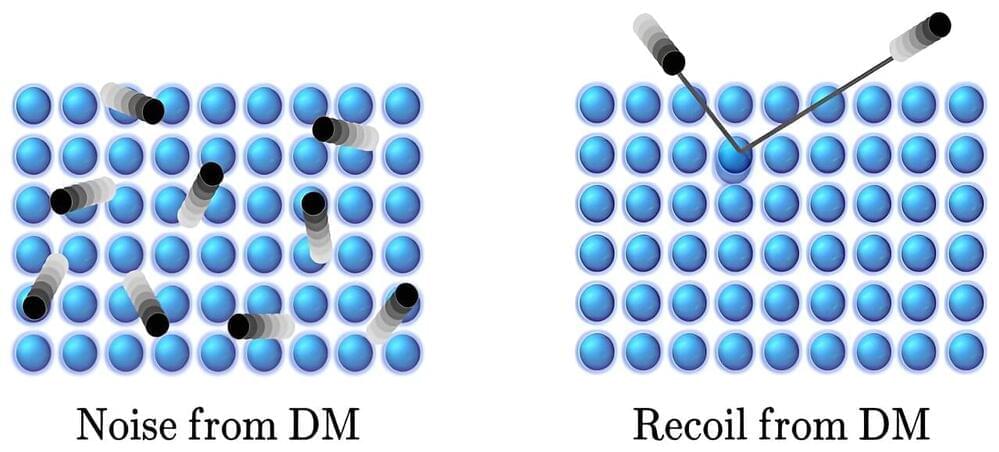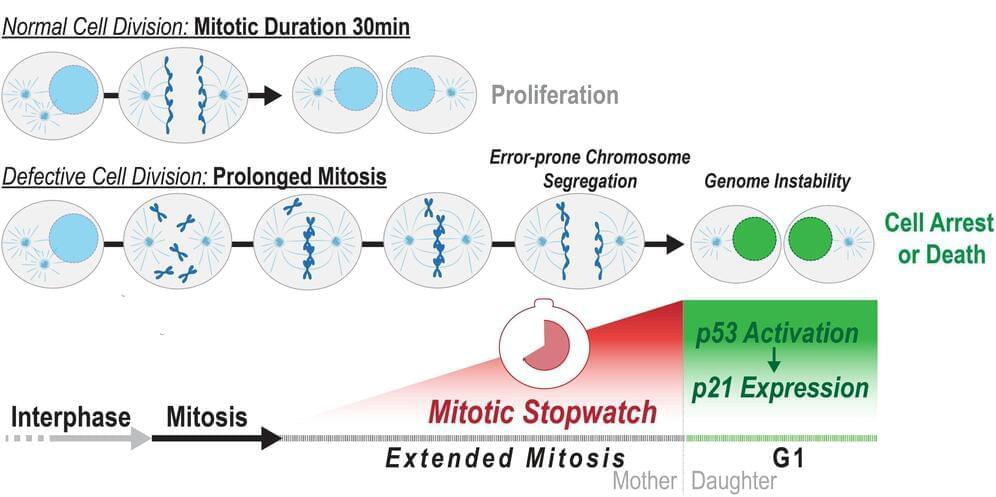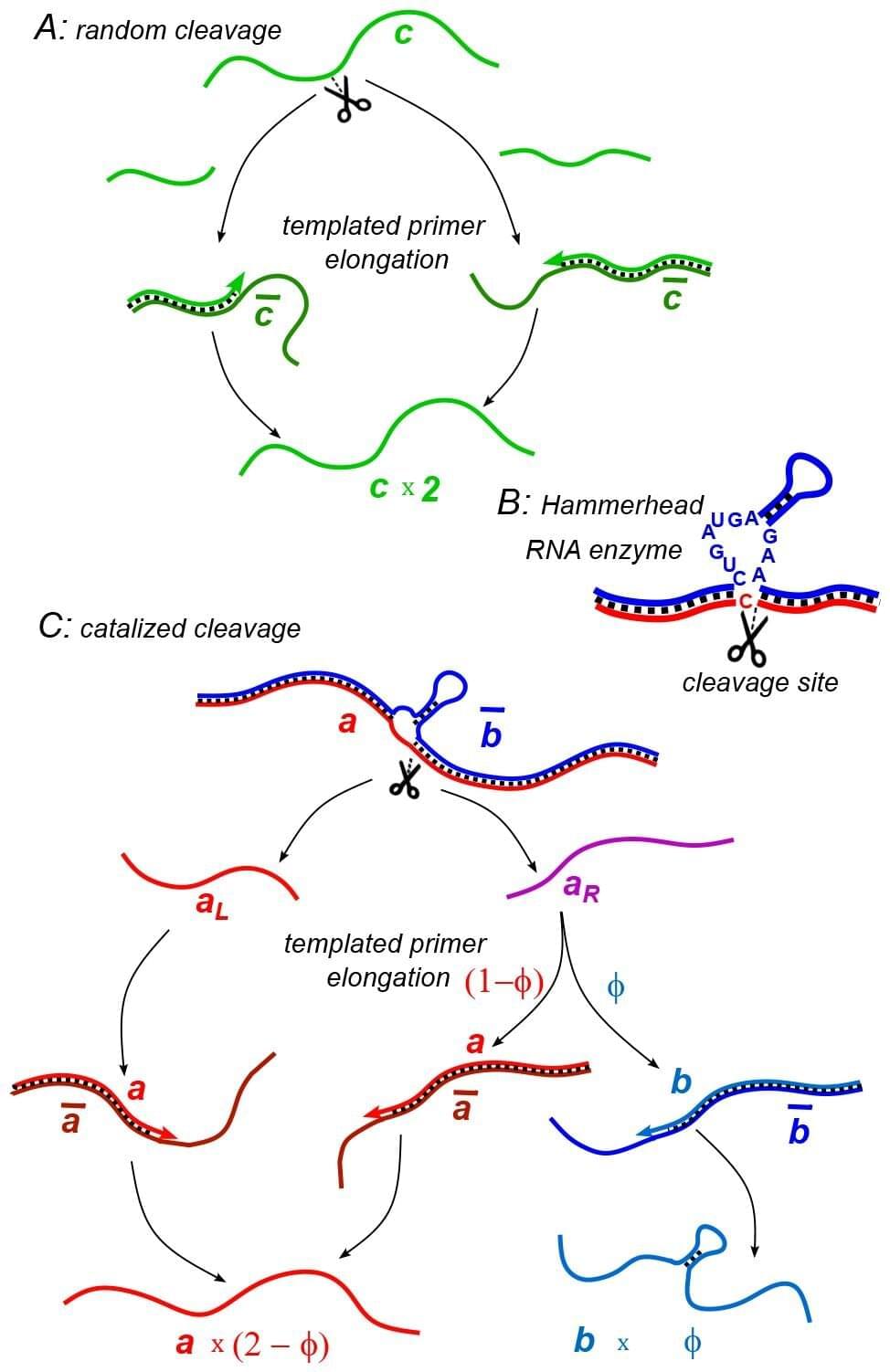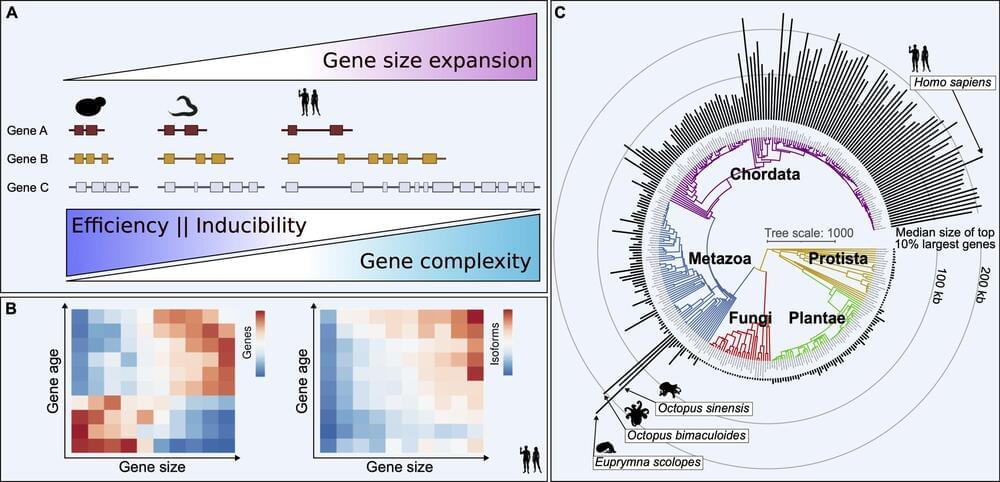“Trillions of cells in our body divide every single day, and this requires accurate replication of our genomes. Our work describes a new mechanism that regulates protein stability in replicating DNA. We now know a bit more about an important step in this complex biological process.”
An enduring mystery of ‘lagging strand’ DNA replication
The DNA replication process is carried out by multiple protein complexes with highly specialized functions, including the unwinding of DNA and the copying of the two unwound DNA strands. The process is akin to a factory assembly line where balls made up of massive, crumpled strings of data are unraveled, allowing specific pieces to be trimmed and copied. Biologists know a good deal about how this process starts and proceeds, but know less about how it is stopped or paused.






